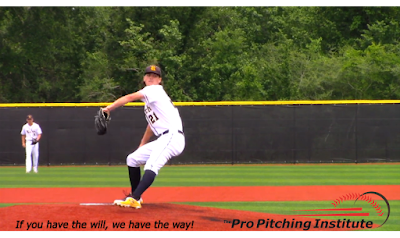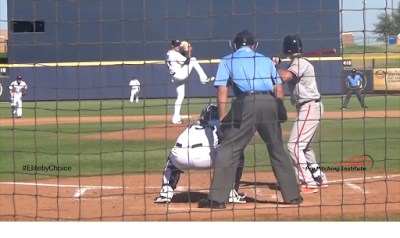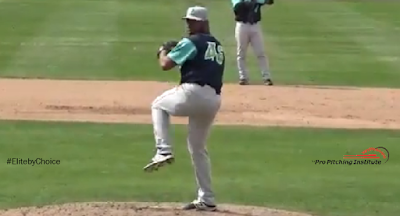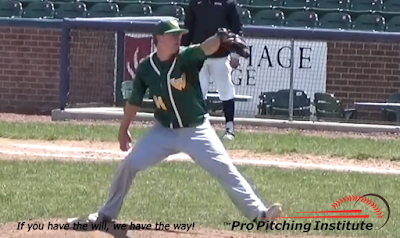Your body moves in a very orderly fashion.
- Your "Righting Reflex” Always Comes First. Before you move, your “righting reflex” makes sure your body is in balance.
- There’s Stationary Balance - With both feet on the ground, your “righting reflex” coordinates your arm and leg movements until your weight is balanced over your base of support.
- You also have Single-Leg Balance - Anytime you go from two feet on the ground to one, your “righting reflex” centers your weight over your back-foot.
- Finally, there’s Moving Balance – Begin with one foot on the ground and move forward and, to maintain your balance, your “righting reflex” uses your opposing arm or leg to counter your forward movement.
- Your movement is always secondary. Only after your “righting reflex” senses your body is in balance can you consciously move the way you want.
Therefore, with your “righting reflex” controlling your movements, the only way to move the way you want is to carefully plan your movements.
Your “Righting Reflex” and Your Pitching Results
In pitching, consistent with the Pro Pitching Institute “Winning Pitch Location Strategy©”, your movement pattern ends with you knowing your “righting reflex” is going to bring your throwing hand through the same sustainable, extremely productive release window on every pitch.
With the “Winning Pitch Location Strategy©”, when, on one pitch, you miss your target by an unacceptable distance, on the next pitch, you go back to the “Winning Pitch Location Strategy©” movement sequence and watch your next pitch travel back into your intended target.
Every movement in the “Winning Pitch Location Strategy©” sends your “righting reflex” the right signals at the right time. Every movement builds upon the last until your “righting reflex” turns your pitching dream into an achievable reality.
The bottom-line, follow the “Winning Pitch Location Strategy©” and the “Winning Pitch Location Strategy©” turns your “righting reflex” into the edge everyone is searching for.
Want to use your “righting reflex” to you advantage? Contact me.
Skip Fast “Winning Pitch Location Strategy©” Coach and Mentor E-Mail: skip@propitchinginstitute.com Cell or Text: 856-281-2596
#ElitebyChoice
Copyright © 2019




